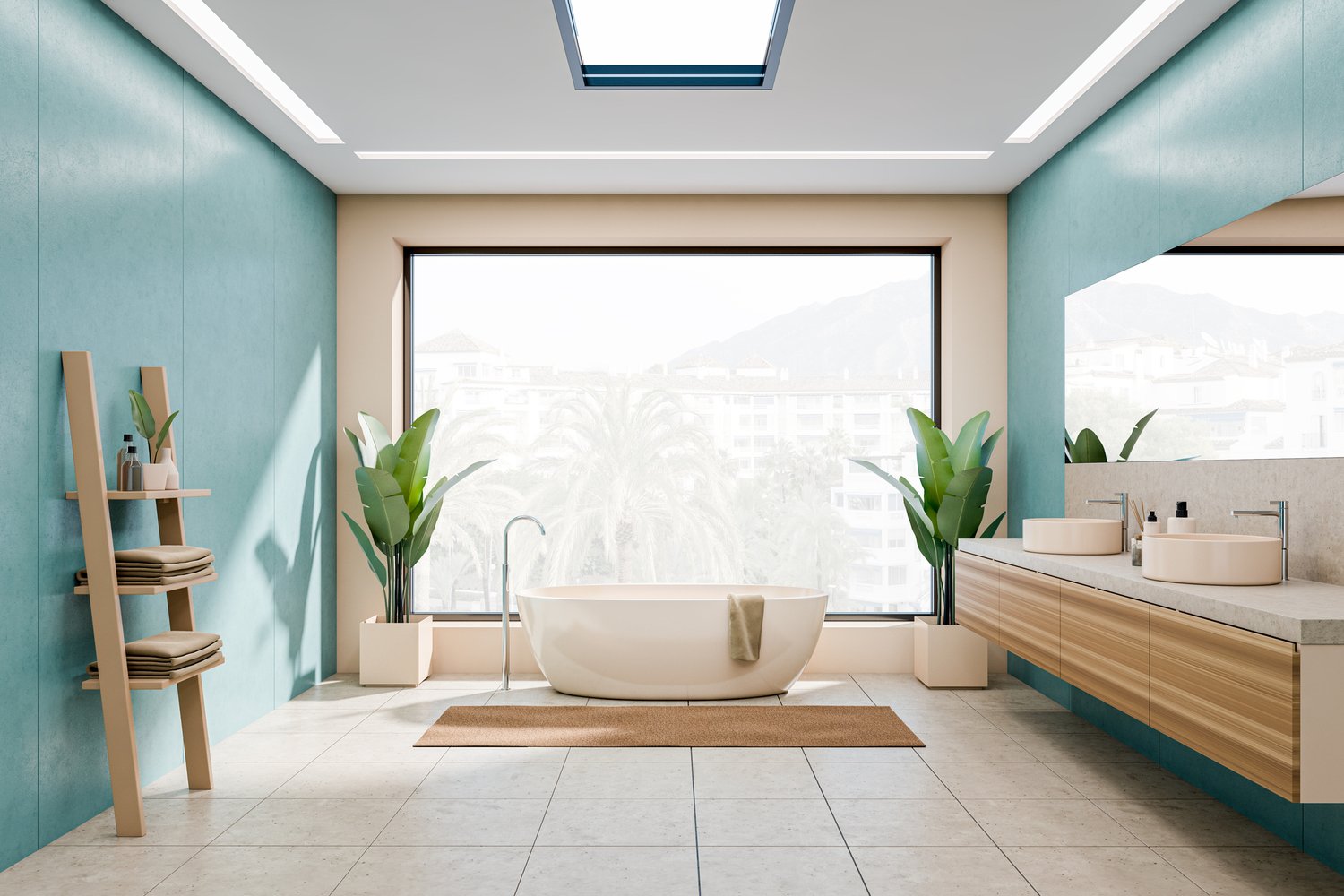When summer temperatures soar, finding the best cooling solution for your home becomes a priority, especially if you don’t have central air conditioning. With multiple options available—portable air conditioners, window units, and mini-split systems—making the right choice can be overwhelming. Each cooling system comes with its own set of advantages and limitations in terms of installation requirements, energy efficiency, cooling capacity, and cost. This article compares these three popular cooling options to help you determine which might be the most suitable for your specific home and needs.
Understanding Your Cooling Options
Before deciding between a portable AC vs window unit or considering a mini-split system, it’s important to understand what each option offers. Window air conditioners are installed directly in a window frame, with the hot air exhaust directed outside while cool air is blown into the room. Portable air conditioners are freestanding units that can be moved from room to room, though they still require a window or wall vent for the exhaust hose. Mini-split air conditioners, also known as ductless systems, consist of an outdoor compressor connected to one or more indoor air-handling units, offering a more permanent solution without the need for existing ductwork.
Portable Air Conditioners: Flexibility and Convenience
Portable air conditioners offer the ultimate convenience for those who need a flexible cooling solution. These units can be wheeled from room to room, making them ideal for renters or homeowners who want to cool different spaces at different times. Installation is relatively simple—most models come with a window kit for the exhaust hose, requiring minimal setup. However, when comparing portable AC vs window unit efficiency, portable units typically consume more energy for the same cooling output and take up valuable floor space.
The noise level of portable units can also be a consideration, as the entire cooling system operates within your living space. Additionally, their cooling capacity is generally lower than other options, making them better suited for smaller rooms or as supplemental cooling. Despite these limitations, the flexibility of portable units makes them a popular best cooling solution home option for those with temporary cooling needs or rental properties with installation restrictions.
Window Units: Cost-Effective Cooling
Window air conditioners have long been a staple in homes without central air, and for good reason. These units are typically more affordable upfront than other options and offer better energy efficiency than portable models. Installation is straightforward in homes with compatible windows, though they do block part of your window and may not be permitted in some apartments or HOA-governed communities.
Window units are effective at cooling single rooms and come in various sizes to match different space requirements. They keep all the mechanical components outside or within the window frame, which helps reduce indoor noise compared to portable units. The main drawbacks include limited placement options (they need a window), potential security concerns, and the seasonal hassle of installation and removal in colder climates. For many homeowners choosing air conditioner options on a budget, window units provide a good balance of cost and cooling performance.
Mini-Split Systems: Premium Performance and Efficiency
For those seeking a more permanent and higher-performance solution, mini-split air conditioners offer significant advantages. These systems provide exceptional energy efficiency, quiet operation, and the ability to create zoned cooling throughout your home. Unlike window or portable units, mini-splits don’t obstruct windows and require only a small hole in the wall for the connecting conduit.
The mini split AC pros cons debate often centers around cost versus performance. On the positive side, these systems offer superior energy efficiency (often with SEER ratings of 16 or higher), whisper-quiet operation, and the ability to cool multiple rooms with a single outdoor unit. Many models also include heating functionality, making them year-round climate control solutions. According to cooling experts at AskHomey, mini-splits can increase home value while providing the most comfortable and consistent cooling experience.
The primary drawback is the higher upfront cost—both for the equipment and professional installation. However, many homeowners find that the long-term energy savings, improved comfort, and added home value justify this initial investment when choosing air conditioner systems for long-term use.
Making Your Decision: Factors to Consider
When evaluating the best cooling solution home option for your situation, consider several key factors. Your budget will immediately narrow your choices, with portable and window units at the lower end and mini-splits requiring more investment. The permanence of your living situation matters too—renters might opt for portable units while homeowners may prefer the lasting value of a mini-split system.
The size and layout of your space should also influence your decision. Multiple small rooms might benefit from a multi-zone mini-split, while a single room might be adequately served by a window unit. Consider your climate as well—if you need cooling for only a few weeks each year, a less expensive option might suffice. However, if you live in a consistently hot region, investing in a more efficient system could save money long-term.
Energy efficiency concerns, aesthetic preferences, and noise sensitivity should also factor into your decision when choosing air conditioner systems. By carefully evaluating these aspects alongside your specific needs, you can select the cooling solution that will provide the most comfort and value for your home.
For more tips and to connect with reliable home service professionals, follow AskHomey on Facebook and Instagram.



